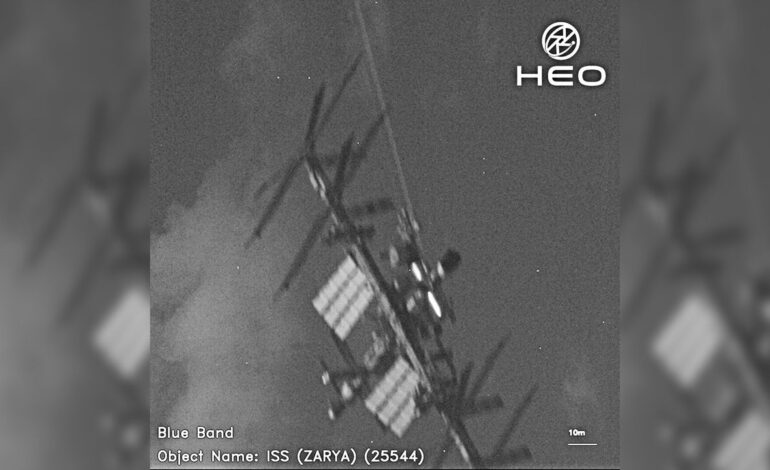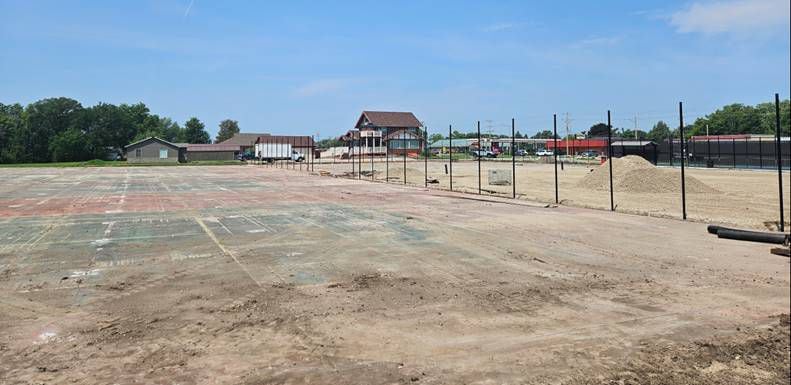HEO Robotics Expands Spacecraft Imaging Capabilities Beyond Earth

HEO Robotics, an Australian company specializing in spacecraft imaging, is expanding its capabilities to capture images in higher orbits and potentially beyond, into the solar system. Founded in 2019, HEO has gained recognition for its remarkable images of spacecraft in low Earth orbit (LEO), utilizing other satellites for “non-Earth imaging” (NEI). Notable captures include close-ups of the International Space Station (ISS) and China’s Tiangong space station, as well as the European Space Agency’s ERS-2 satellite during its descent into Earth’s atmosphere on February 14, 2024.
The company’s imaging technology serves multiple purposes, including anomaly detection, operational awareness, and enhanced space domain awareness. This capability allows clients to track and understand the behavior of satellites and space debris, critical for maintaining safety in orbit. According to Will Crowe, co-founder and chief executive of HEO, the company aims to extend its imaging reach to geostationary orbit (GEO), where high-value communications and weather satellites are stationed.
Targeting Geostationary Orbit
HEO Robotics does not operate its own satellites but partners with various Earth-imaging companies like Blacksky and Satellogic to access their satellites when not in use. Currently, the challenge lies in the limited number of satellites equipped with imaging capabilities in GEO. Crowe emphasized the need for HEO to develop its own imaging sensors and software for upcoming missions to GEO. “Getting to GEO is going to be very challenging,” he stated. “It’s a huge revenue unlock for us and a significant capability unlock for our customers.”
The company recently signed a three-year memorandum of understanding with Astroscale, a firm focused on satellite servicing and orbital sustainability. This partnership aims to enhance cooperation in monitoring and servicing defense, government, and commercial assets in space. Crowe noted that having external observers can provide valuable insights, particularly in addressing sensor issues or gaining broader perspectives during operations.
Licensing and Future Aspirations
In a significant milestone, HEO recently received the first National Oceanic and Atmospheric Administration (NOAA) Tier-3 license for a commercial optical camera operating in high LEO, above 800 kilometers (500 miles). This recognition underscores the growing importance of non-Earth imaging in supporting space safety infrastructure.
The company’s long-term vision is ambitious, described by Crowe as “the solar system on demand.” He expressed confidence in enabling missions to observe asteroids, starting with those passing through the Earth-Moon system. “There’s no reason why we can’t enable it for everything: the asteroid belt or all the other various asteroid classes,” Crowe explained, emphasizing the necessity of utilizing enough cameras and establishing diverse orbits to accomplish these missions.
As HEO Robotics normalizes non-Earth imagery, the transition from Earth orbit to more distant destinations seems plausible. This expansion not only reflects the company’s innovative spirit but also represents a pivotal shift in how we approach space exploration and monitoring.






